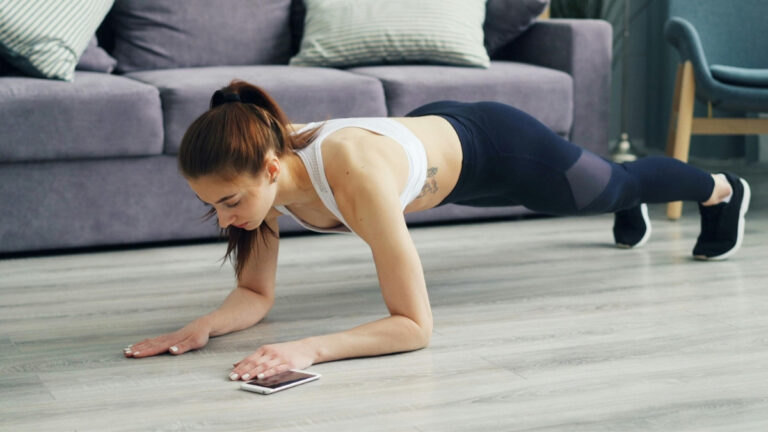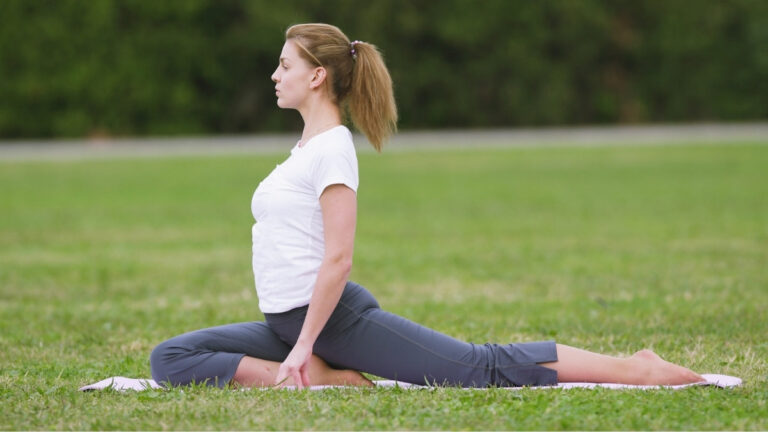Her Morning Joint Routine Reached 8.9M Views — Seniors Love It

If you’re waking up stiff and struggling to get moving in the morning, you’re not alone. 70% of older adults currently experience joint pain. But a simple 10-minute routine is changing that for millions.
Morning stiffness makes simple tasks painful and difficult. Getting dressed becomes a challenge. Making breakfast hurts your hands. Walking to the bathroom feels like a long trip. The numbers tell the story: 43% of people with osteoarthritis are 65 or older, and almost 44% of people with arthritis have activity limitations that impact their daily lives.
This guide shows you why morning joint stiffness happens and how to fight it. You’ll learn a proven 10-minute morning joint routine for seniors used by thousands. We’ll cover specific arthritis exercises that reduce pain and improve morning mobility. You’ll see how to modify movements for your ability level, plus safety tips to prevent injury.
The Science Behind Morning Joint Exercises
Moving your body changes everything. When you exercise, your joints start making more synovial fluid. This natural lubricant flows into the spaces between your bones. It reduces friction and eases pain.

Exercise pumps blood into your joints. More blood means more oxygen and nutrients. Your muscles warm up. Stiffness melts away. This is why movement feels hard at first but gets easier as you go.
Here’s what surprises most people: gentle exercise actually fights inflammation. Your body releases natural anti-inflammatory chemicals when you move.
Major health groups back this up. The American College of Rheumatology and the Arthritis Foundation both say exercise is essential for arthritis pain relief.
Research proves it works. People with knee arthritis who walk 5,000 to 7,499 steps per day protect themselves from losing mobility. You don’t need marathons. Regular walking works.
The 10-Minute Morning Joint Routine (Step-by-Step)
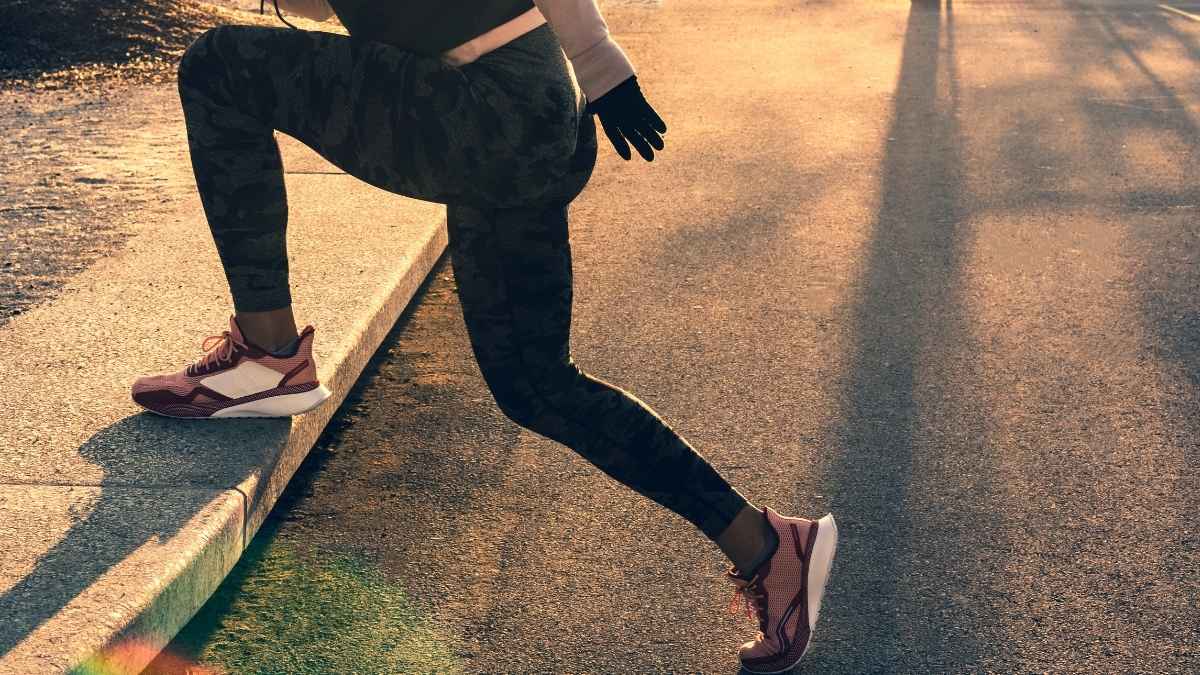
You don’t need to get out of bed for this routine. You can do it lying down, sitting on the edge of your bed, or in a chair. Start where you feel most comfortable and stable.
These senior stretching exercises work best when done slowly. No rushing. Your body needs time to wake up. If something hurts, skip it and move to the next exercise.
Exercise 1: Ankle Circles (2 minutes)
Starting position: Sit on the edge of your bed or in a sturdy chair. Your back should be straight. Place your hands on the bed or chair for balance.
Movement instructions: Lift your right foot slightly off the floor. Now draw circles in the air with your toes. Imagine you’re tracing the edge of a dinner plate. Keep the circles smooth and slow.
Go clockwise first. Make 5 to 10 circles. Then switch and go counterclockwise for 5 to 10 more circles. Switch to your left foot and repeat everything.
Your ankle might crack or pop. That’s normal. It’s just gas bubbles releasing from the joint. Keep going unless you feel pain.
Benefits: This wakes up your ankles and improves flexibility. Strong, flexible ankles help prevent falls. They also make walking easier throughout the day. Many seniors skip ankle exercises, but your ankles support your entire body weight when you walk.
Exercise 2: Knee Lifts (2 minutes)
Starting position: Stay seated in the same position. Your feet should be flat on the floor. Keep your back straight but relaxed.
Movement instructions: Slowly lift your right knee up toward your chest. You don’t need to lift it high. Even a few inches off the seat works. Hold it up for two seconds. Then lower it back down with control.
Do 10 lifts with your right leg. Rest for a moment. Then do 10 lifts with your left leg. If 10 feels like too many, start with 5 per leg.
Keep breathing normally. Don’t hold your breath. This is a gentle movement, not a workout that should exhaust you.
Benefits: Knee lifts strengthen your hip flexors and the muscles around your knees. These muscles help you get up from chairs, climb stairs, and walk without shuffling. Strong hips also protect your lower back from strain.
Exercise 3: Shoulder Rolls (1.5 minutes)
Starting position: Sit comfortably with your arms relaxed at your sides. Your feet stay flat on the floor for balance.
Movement instructions: Lift both shoulders up toward your ears. Roll them back, down, and forward in a smooth circle. Think of making big, slow circles with your shoulders.
Do 10 rolls going backward. Then reverse direction and do 10 rolls going forward. Move slowly and feel the stretch in your upper back and neck.
If one shoulder feels tighter than the other, that’s common. Just work within your comfortable range. It will loosen up over time with daily practice.
Benefits: Shoulder rolls release tension in your upper back and neck. They improve posture and reduce that hunched-forward position many seniors develop. Better posture means easier breathing and less neck pain during the day.
Exercise 4: Neck Stretches (1.5 minutes)
Starting position: Sit tall with your shoulders relaxed. Keep your eyes looking straight ahead at first.
Movement instructions: Slowly drop your chin down toward your chest. You should feel a gentle stretch in the back of your neck. Hold this position for 15 seconds. Breathe normally.
Lift your head back to center. Now turn your head to look over your right shoulder. Don’t force it. Go as far as comfortable. Hold for 15 seconds.
Return to center. Turn your head to look over your left shoulder. Hold for 15 seconds. Return to center again.
For an extra stretch, tilt your right ear toward your right shoulder. Hold for 15 seconds. Then tilt your left ear toward your left shoulder and hold.
Benefits: Neck stretches reduce morning stiffness in your neck and shoulders. They prevent headaches and make it easier to check your blind spots when driving. A flexible neck also helps you look down at steps safely.
Exercise 5: Gentle Spinal Twist (3 minutes)
Starting position: Sit in a chair with your feet flat on the floor. Scoot forward so you’re not leaning against the back of the chair. Place your right hand on the outside of your left knee.
Movement instructions: Slowly turn your upper body to the left. Your left hand can rest on the chair beside you or behind you for support. Keep your hips facing forward. Only your upper body twists.
Hold this twist for 15 to 30 seconds. This gives your muscles time to relax and stretch. You might feel your back crack gently. That’s okay.
Slowly return to center. Rest for a moment. Then place your left hand on the outside of your right knee. Twist to the right and hold for 15 to 30 seconds.
Do this twist two times on each side. Move slowly in and out of the position. Quick twisting can hurt your back.
Benefits: Spinal twists improve mobility in your middle and lower back. They help you reach for things, turn around, and get in and out of cars more easily. A flexible spine also reduces lower back pain that builds up from sitting.
Safety Tips and Modifications

Getting hurt during exercise defeats the whole purpose. These safe exercises for seniors work only if you do them correctly.
Start small. Your first week, do just 5 to 10 minutes. Your body needs time to adjust. Learn the difference between good pain and bad pain. Muscles that haven’t been used will feel tight. That’s normal. Sharp, stabbing pain means stop immediately.
Walk around your room for two minutes before starting. This warms up your muscles and gets blood flowing.
For balance issues, do everything while sitting in a sturdy chair. For limited mobility, stay in bed. Use props like towels and pillows for support.
Talk to your doctor before starting any new exercise routine, especially if you have heart problems or severe arthritis.
Additional Tips to Reduce Joint Pain
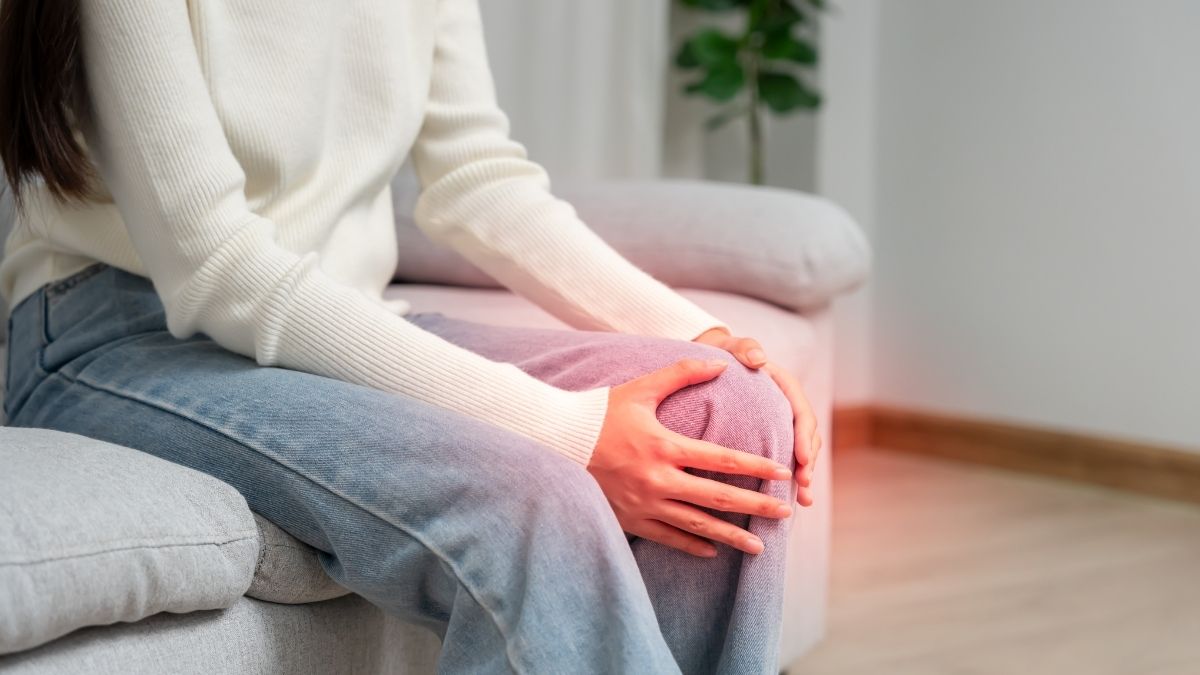
Your morning routine works better when you support it with smart daily habits. These joint pain management strategies add up fast.
Drink more water
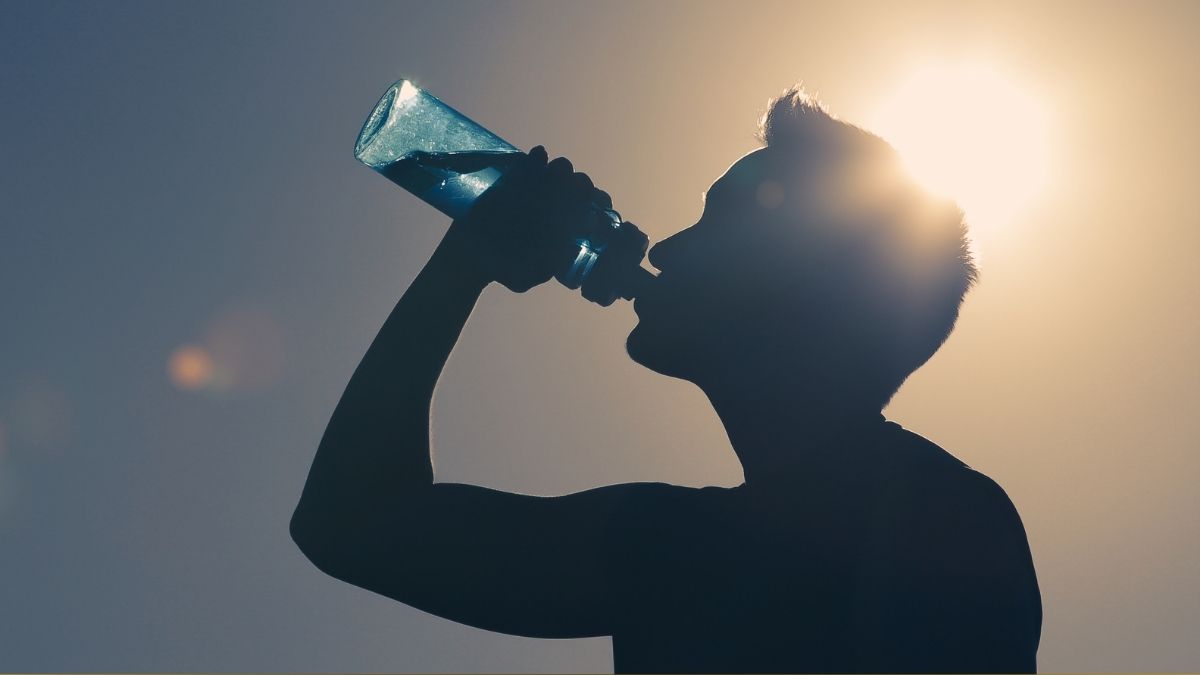
Most seniors don’t drink enough. Dehydration makes joint pain worse because your cartilage needs water to stay cushioned. Research shows older adults with better hydration perform better on memory and movement tests. Aim for 6 to 8 glasses daily.
Watch your weight

Extra pounds put serious stress on your knees, hips, and ankles. Even losing 5 to 10 pounds reduces pain significantly. You don’t need to be skinny. Just moving toward a healthier weight helps.
Try water exercises

Pool workouts are perfect for sore joints. The water supports your body weight so movements don’t hurt. Many community centers and gyms offer water aerobics classes specifically for seniors. The warm water feels great on stiff joints.
Wear supportive shoes
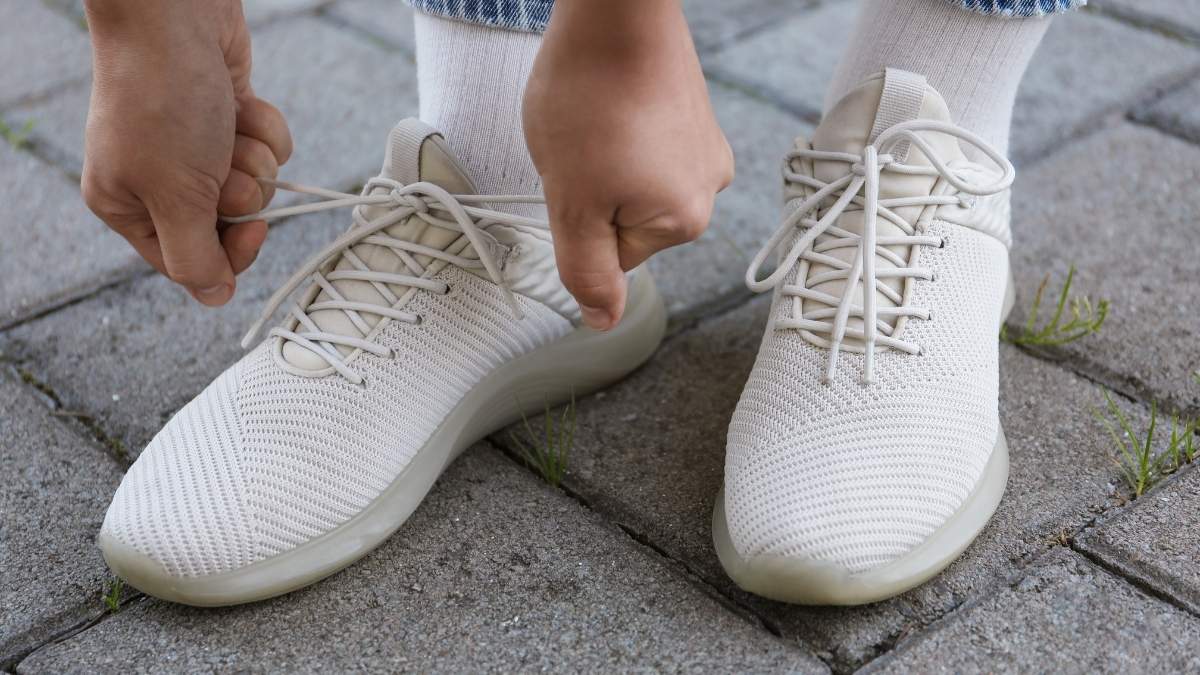
Thin-soled shoes or worn-out sneakers make joint pain worse. Good shoes with cushioning and arch support protect your knees and hips. Replace shoes every 6 to 12 months if you wear them daily.
Use heat and ice smartly

Heat works best for stiffness. Try a heating pad for 15 minutes before exercise. Ice works best for pain and swelling after activity. Keep it on for 10 to 15 minutes at a time.
Find free workout videos
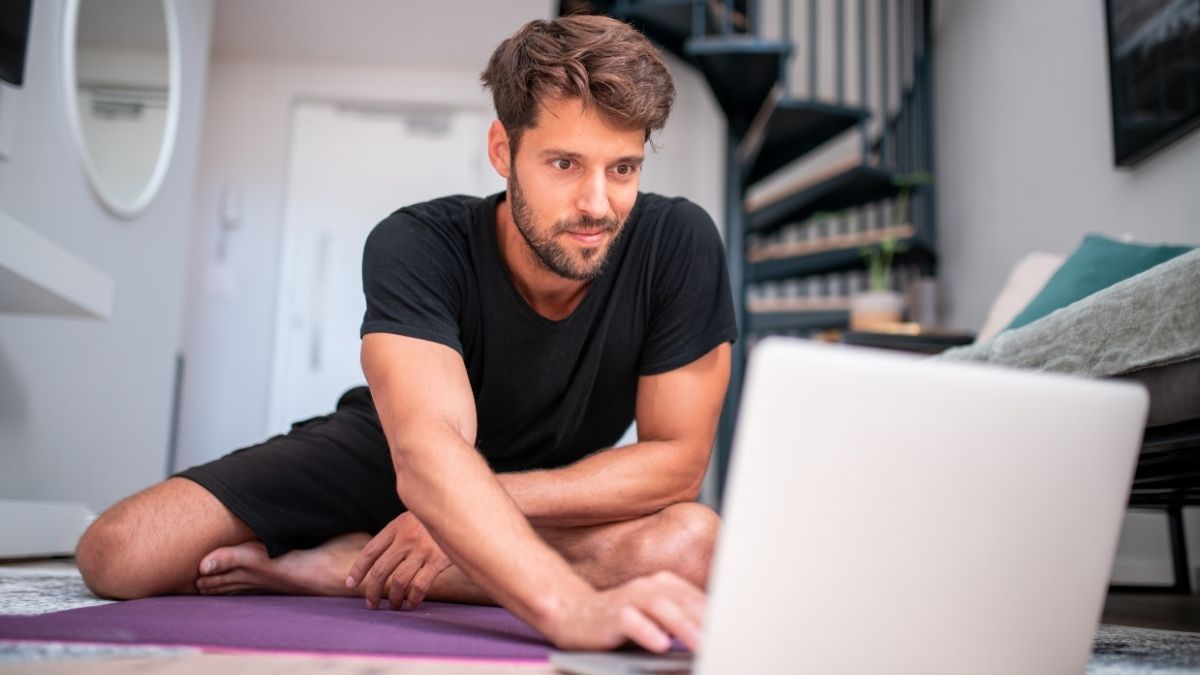
YouTube has thousands of senior-friendly exercise videos. HASfit offers over 1,000 free videos designed for older adults. Senior Shape Fitness provides gentle routines you can do at home. The Girl With The Pilates Mat has senior content with over 4 million views.
These arthritis lifestyle changes don’t require gym memberships or expensive equipment. Small improvements in how you treat your body create big results. Combine them with your morning routine and you’ll feel the difference within weeks.
At the Last,
Morning joint stiffness affects millions of seniors, but you can manage it. This 10-minute daily routine improves mobility without gym equipment or expensive treatments. Consistency beats intensity every time. Safe, gentle movements work better than pushing yourself too hard.
Results improve with regular practice. Start tomorrow morning with just 5 minutes. Set your alarm 10 minutes earlier, and try three exercises from this routine. Your joints—and your entire day—will thank you.
This morning joint routine for seniors has helped millions reduce pain and reclaim their mornings. Now it’s your turn.

